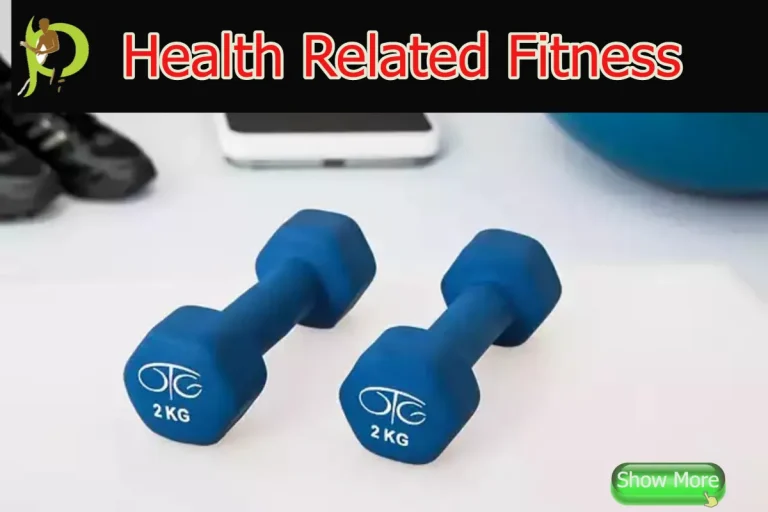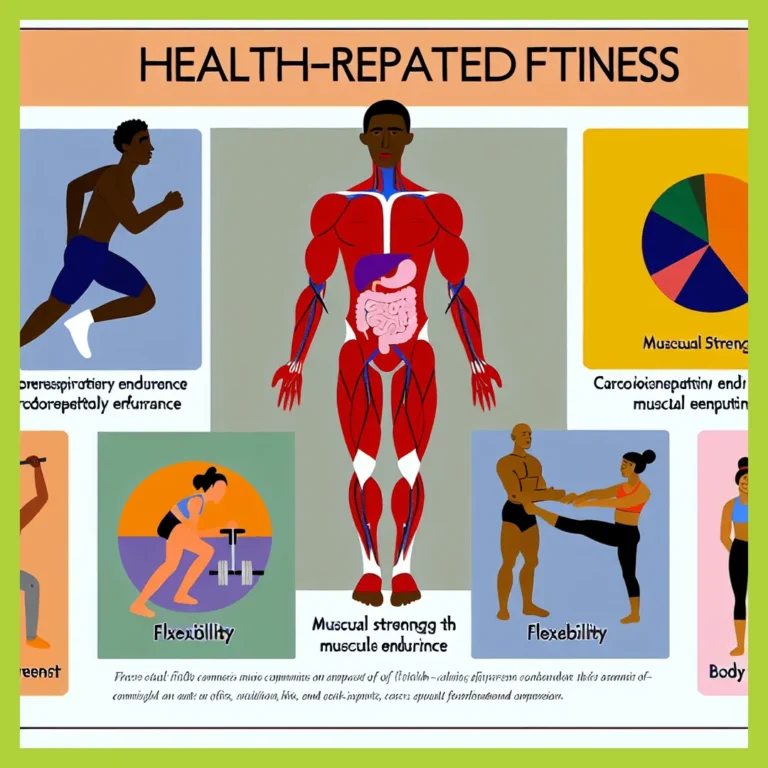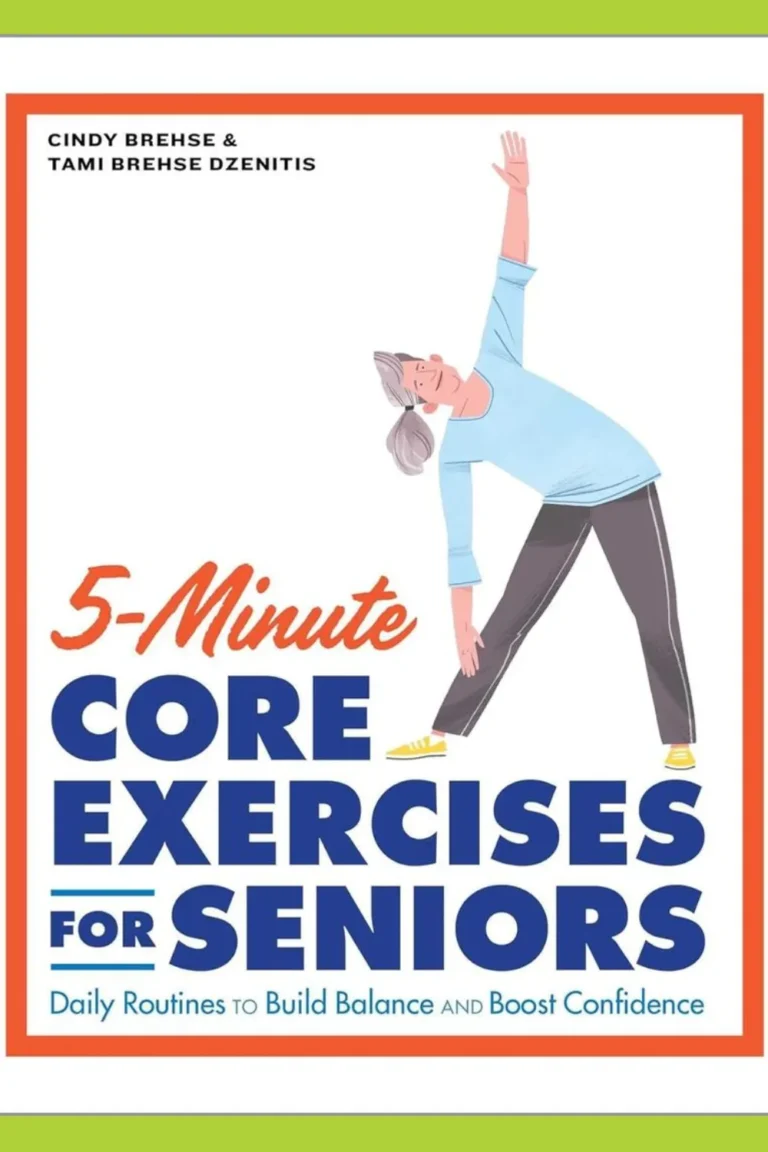Components of Health-Related Fitness
In the quest for a balanced and fulfilling life, understanding the components of health-related fitness emerges as a paramount goal.
This multifaceted concept extends far beyond the simple execution of exercises or activities; it is an intricate blend of skill, knowledge, and dedication towards optimizing one’s physical wellbeing in relation to health.
To navigate through this complex terrain requires more than just determination—it demands a profound comprehension of its core elements and how they interconnect to paint a holistic picture of fitness.
Embarking on this journey unveils that health-related fitness is not merely about achieving fleeting aesthetic goals or surpassing athletic benchmarks but involves cultivating sustainable habits that foster long-term wellness.
Each component plays a critical role in enhancing our quality of life, from improving cardiovascular endurance to strengthening muscles, enhancing flexibility, promoting body composition balance, and boosting muscular endurance.
As we delve deeper into these dimensions, we uncover how intertwined they are with our daily routines and the pivotal role they play in elevating our overall health profile.
Join us as we explore these essential pillars that constitute the edifice of health-related fitness—a domain where skill meets definition and activities transform into stepping stones towards a healthier existence.
Table of Contents Components of Health-Related Fitness
Master the skill of balance
To achieve optimal health and fitness, it is essential to master the skill of balance.
Balance refers to the ability to maintain stability and control of your body during various movements and activities.
It is a fundamental component of health-related fitness, as it contributes to overall physical well-being and reduces the risk of injuries.
By developing balance, you enhance your coordination, posture, and stability, allowing you to move efficiently and perform daily tasks with ease.
Incorporating balance exercises into your fitness routine is crucial for improving this skill.
Activities such as yoga, tai chi, and Pilates focus on balance and can significantly enhance your overall body control.
Additionally, including exercises that challenge your balance, such as standing on one leg or using a balance board, can further strengthen your stability.
By dedicating time and effort to improving your balance, you will not only enhance your physical performance but also promote a healthier and more active lifestyle.
Understand the definition of endurance
To achieve optimal health and fitness, it is important to understand the definition of endurance.
Endurance refers to the ability to sustain prolonged physical or mental effort over time.
It is a key component of health-related fitness and plays a crucial role in various activities and exercises.
Endurance can be categorized into two types: cardiovascular endurance and muscular endurance.
Cardiovascular endurance relates to the ability of your heart, lungs, and blood vessels to deliver oxygen and nutrients to your muscles during continuous physical activity.
Muscular endurance, on the other hand, refers to the ability of your muscles to exert force repeatedly or hold a position for an extended period.
Developing endurance is beneficial for improving your stamina, reducing fatigue, and enhancing your performance in activities like running, cycling, swimming, and other endurance-based sports.
To enhance your endurance, incorporating activities such as long-distance running, high-intensity interval training, and circuit training can be effective.
Gradually increasing the duration and intensity of your workouts will help challenge and improve your endurance levels.
Remember, consistency and progressive overload are key factors in developing endurance.
By understanding and focusing on the definition of endurance, you can incorporate appropriate exercises and activities into your fitness routine to improve your overall health and stamina.
Learn the health relations of flexibility
Flexibility is another important component of health-related fitness that warrants attention.
It refers to the range of motion in your joints and the ability of your muscles and tendons to lengthen and stretch without causing injury.
Having adequate flexibility allows you to perform daily activities with ease and reduces the risk of muscle strains and joint pain.
Additionally, flexibility plays a crucial role in enhancing your overall athletic performance, as it allows for more efficient movements and prevents limitations in range of motion.
Engaging in regular flexibility exercises and activities can lead to improved posture, increased muscle coordination, and a decreased risk of musculoskeletal injuries.
Some common flexibility exercises include stretching, yoga, pilates, and dynamic stretching routines.
Incorporating these activities into your fitness regimen can help improve your flexibility, promote better overall health, and enhance your physical capabilities.
Incorporate strength excercises into routine
To further enhance your health-related fitness, it is essential to incorporate strength exercises into your routine.
Strength exercise, also known as resistance training, focuses on improving muscular strength and endurance.
By engaging in these exercises, you can develop lean muscle mass, increase your metabolism, and enhance overall body composition.
Strength exercises involve the use of weights, resistance bands, or bodyweight exercises such as squats, lunges, and push-ups.
These activities challenge your muscles, allowing them to grow stronger and more resilient.
Regularly performing strength exercises can improve your motor skills, enhance your physical performance in various activities, and reduce the risk of age-related muscle loss.
Remember to gradually increase the intensity and difficulty of your strength exercises to continue challenging your muscles and experiencing ongoing improvements in your overall strength and fitness levels.
Engage in aerobic activities regularly
To optimize your health-related fitness, it is crucial to engage in aerobic activities regularly.
Aerobic exercise, also referred to as cardiovascular exercise, involves repetitive movements of large muscle groups, such as brisk walking, running, cycling, or swimming.
These activities elevate your heart rate and breathing rate, increasing the flow of oxygen to your muscles and improving their efficiency.
Regular participation in aerobic activities enhances your cardiovascular health and boosts your endurance, allowing you to engage in physical activities for longer durations without experiencing excessive fatigue.
Aerobic exercises also have numerous health benefits, including reducing the risk of chronic conditions such as heart disease, high blood pressure, and diabetes.
Incorporating a variety of aerobic activities into your routine, such as jogging, dancing, or participating in group fitness classes, can make your workouts more enjoyable and prevent boredom.
Aim for at least 150 minutes of moderate-intensity aerobic exercise or 75 minutes of vigorous-intensity aerobic exercise each week to reap the full health benefits of these activities.
Improve your muscular endurance level
To improve your muscular endurance level, incorporating specific exercises into your routine is essential.
Muscular endurance refers to the ability of your muscles to perform repeated contractions over an extended period without fatigue.
To develop this skill, it is crucial to engage in activities and exercises that target different muscle groups and challenge their endurance capacity.
Resistance training using lighter weights and higher repetitions is an effective way to improve muscular endurance.
Exercises such as bodyweight squats, push-ups, lunges, and planks can help build endurance in your leg, arm, and core muscles.
Additionally, participating in activities like circuit training, cycling, or swimming can further enhance your muscular endurance and overall fitness.
Remember to gradually increase the intensity and duration of your workouts to continually challenge your muscles and see improvements in your muscular endurance over time.
By incorporating these exercises and activities into your fitness routine, you can enhance your overall health and achieve your goals of improving muscular endurance.
Maximize your cardiovascular health potential
To maximize your cardiovascular health potential, it is important to engage in regular aerobic exercises that elevate your heart rate and challenge your cardiovascular system.
Cardiovascular health refers to the ability of your heart, lungs, and blood vessels to efficiently deliver oxygen and nutrients to your body’s tissues.
By participating in activities such as running, brisk walking, cycling, swimming, or aerobic classes, you can improve your cardiovascular endurance and strengthen your heart.
Aim for at least 150 minutes of moderate-intensity aerobic activity or 75 minutes of vigorous-intensity activity per week.
Additionally, incorporating interval training, which involves alternating between high-intensity bursts and recovery periods, can further enhance your cardiovascular fitness.
Remember to consult with a healthcare professional before starting any new exercise program, especially if you have any underlying health conditions.
Regularly monitoring your heart rate during exercise can also help ensure that you are working at an appropriate intensity level for maximum cardiovascular benefits.
Enhance overall physical fitness level
To enhance your overall physical fitness level, it is essential to focus on various skills, activities, and exercises that target different components of health-related fitness.
First, consider incorporating strength training exercises into your routine.
These exercises, such as weightlifting or bodyweight exercises, help improve muscular strength and endurance, enhancing your ability to perform daily tasks and engage in physical activities with ease.
Additionally, prioritize flexibility exercises to improve your range of motion and prevent injuries.
Activities like yoga or stretching routines can help increase your flexibility levels.
Finally, don’t forget about the importance of balance and coordination exercises.
These activities, such as tai chi or balance training exercises, help improve stability and reduce the risk of falls.
By incorporating a well-rounded approach that addresses these various aspects of physical fitness, you can enhance your overall fitness level and ultimately improve your quality of life.
Now that you have a better understanding of the five components of health-related fitness, it’s important to remember that each component plays a crucial role in your overall health and well-being.
Remember to incorporate cardiorespiratory endurance, muscular strength, muscular endurance, flexibility, and body composition into your fitness routine in order to achieve a well-rounded level of physical fitness.
By prioritizing these components and consistently working towards improvement, you will be on your way to a healthier and happier lifestyle.
Keep pushing yourself and never underestimate the power of a well-balanced fitness routine.
FAQ
What are the five components of health-related fitness and why are they important for overall well-being?
The five components of health-related fitness are cardiovascular endurance, muscular strength, muscular endurance, flexibility, and body composition.
These are important for overall well-being as they help improve your physical health, reduce the risk of chronic diseases, increase energy levels, enhance mood, boost self-confidence, and promote longevity.
By focusing on all five components, you can achieve a well-rounded level of fitness that supports your overall health and well-being.
How can individuals assess their levels of cardiovascular fitness and why is it important to maintain a healthy heart?
You can assess your cardiovascular fitness by monitoring your heart rate during exercise, measuring how quickly your heart rate returns to normal after physical activity, and performing a cardiovascular endurance test.
It is important to maintain a healthy heart to reduce the risk of heart disease, stroke, and other cardiovascular conditions.
Regular exercise and a balanced diet can improve your cardiovascular fitness, strengthen your heart, and help you live a longer, healthier life.
Monitoring your heart health allows you to make informed decisions about your lifestyle and take steps to prevent heart-related issues in the future.
What role does muscular strength and endurance play in health-related fitness, and how can individuals improve these components through exercise?
Muscular strength and endurance are crucial for health-related fitness as they help you perform daily tasks with ease and prevent injuries.
To improve these components, incorporate resistance training exercises like weightlifting or bodyweight exercises into your workout routine.
Gradually increase the intensity and resistance over time to challenge your muscles and promote growth.
Consistent exercise, proper nutrition, and adequate rest are key to enhancing muscular strength and endurance.
Remember to listen to your body, stay hydrated, and consult with a fitness professional for personalized guidance.
How does flexibility impact overall health and what are some ways to improve flexibility through stretching and mobility exercises?
Flexibility plays a crucial role in your overall health as it improves range of motion, reduces the risk of injuries, and enhances muscle coordination.
To enhance flexibility, incorporate regular stretching exercises like yoga or Pilates into your routine.
Dynamic stretches such as leg swings or arm circles can also help increase flexibility.
Additionally, focusing on mobility exercises that target specific muscle groups and joints can further improve flexibility.
Consistency is key, so make sure to stretch a few times a week to see improvements in your flexibility and overall health.
Why is body composition an important component of health-related fitness, and what are some strategies for achieving and maintaining a healthy body composition?
Body composition is crucial for health-related fitness as it reflects the balance between muscle, fat, and other tissues in your body.
Maintaining a healthy body composition can help prevent chronic diseases and improve overall well-being.
To achieve this, focus on a balanced diet rich in fruits, vegetables, lean proteins, and whole grains.
Regular physical activity, including both cardio and strength training exercises, can also help build muscle mass and reduce body fat.
Additionally, staying hydrated, getting enough sleep, and managing stress are essential for achieving and maintaining a healthy body composition.







